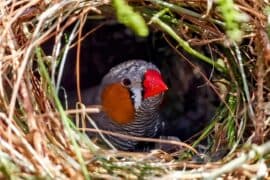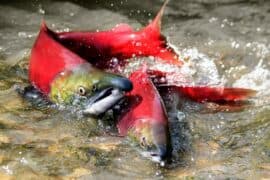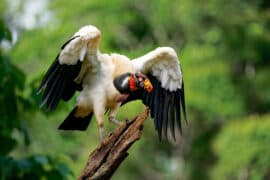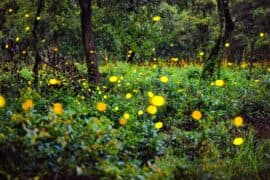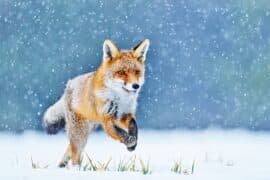Grey-cheeked Thrush
(Turdus celaenops)
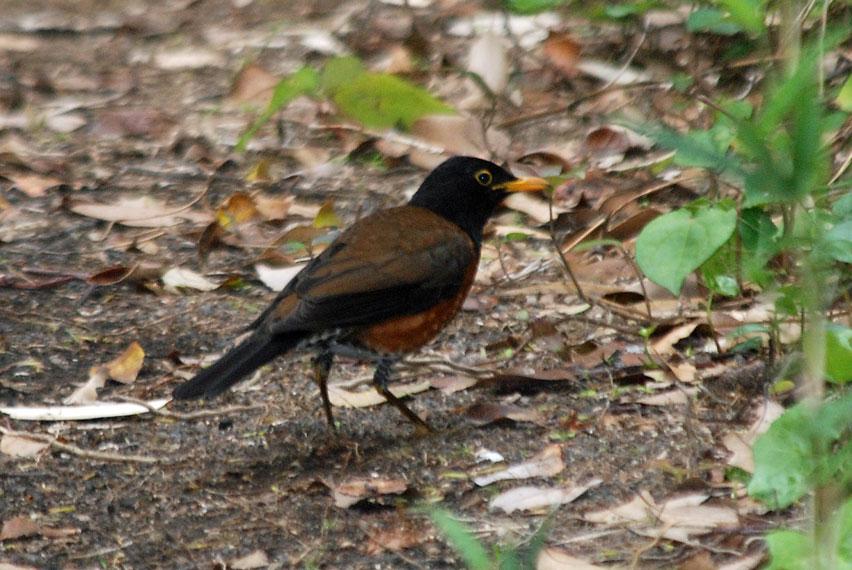
Description
Turdus celaenops, commonly known as the Grey-cheeked Thrush, is a medium-sized songbird that belongs to the thrush family. The species is widely distributed across North America and breeds in the boreal forests of Canada and Alaska. The Grey-cheeked Thrush is an elusive bird that is rarely seen or heard, but its unique features and behavior make it an important and interesting species to study. Physical Description Turdus celaenops, commonly known as the Grey-cheeked Thrush, has several distinct physical characteristics that help to identify it. Firstly, the Grey-cheeked Thrush is a medium-sized songbird, measuring approximately 16-18 cm in length and weighing around 32 grams. It has a long, pointed bill, which is used to catch and eat insects, as well as to pick berries and other fruits. The upperparts of the bird are olive-brown, while the underparts are whitish with heavy spotting. The Grey-cheeked Thrush has a distinctive eyering that is a light color, contrasting with the bird's darker head. The eyering helps to make the bird's eyes stand out and may aid in communication with other birds. The Grey-cheeked Thrush's most notable physical feature is its greyish face and cheeks, which is where its common name is derived from. The cheeks are darker than the rest of the bird's face and extend down to the throat, creating a distinct pattern. The bird also has a relatively short tail, which is often held in a raised position while perched. Lastly, the Grey-cheeked Thrush has pinkish-brown legs, which are often difficult to see due to the bird's habit of remaining low in the understory of the forest. Overall, the Grey-cheeked Thrush has a unique and distinctive appearance that sets it apart from other species of birds. Habitat and Distribution Turdus celaenops, commonly known as the Grey-cheeked Thrush, has a wide distribution across North America. The bird is primarily found in the boreal forests of Canada and Alaska, where it breeds during the summer months. The species is known to nest in dense undergrowth, such as low shrubs or on the ground, where it can be difficult to detect. During the winter months, the Grey-cheeked Thrush migrates south to tropical regions of Central and South America, where it can be found in a variety of forested habitats. The species is known to occur in montane forests, cloud forests, and other wooded areas, where it forages for food in the understory. The Grey-cheeked Thrush is a long-distance migrant, and some individuals may travel over 5,000 km between their breeding and wintering grounds. The species has a broad range, extending from eastern Siberia and northern Japan in the east to Alaska, Canada, and the northeastern United States in the west. Despite its broad distribution, the Grey-cheeked Thrush is not a common bird and can be difficult to observe due to its secretive behavior and habitat preferences. The species is generally considered to be of low conservation concern, although threats such as habitat loss, climate change, and human disturbance may impact populations in the future. Behavior The Grey-cheeked Thrush is a solitary bird that is often difficult to observe due to its secretive behavior. During the breeding season, males establish territories and sing to attract a mate. The species is monogamous, and both parents take turns incubating the eggs and caring for the young. The Grey-cheeked Thrush is known to be a shy and elusive bird, and it generally forages alone or in small groups. The species is primarily active during the day and spends much of its time in the understory of the forest, foraging for insects and berries. Diet The Grey-cheeked Thrush is an omnivore, and its diet consists of insects, berries, and other small fruits. The species is known to eat a wide variety of insects, including caterpillars, beetles, ants, and flies. During the winter months, the bird may rely more heavily on fruit, such as berries and small fruits. The Grey-cheeked Thrush is an important seed disperser and helps to maintain healthy forest ecosystems. The Grey-cheeked Thrush has a unique feeding behavior where it hops on the ground in search of food, occasionally using its bill to probe the soil for insects or other small prey. The species is also known to glean insects from the undersides of leaves or snatch them in midair while flying. Overall, the Grey-cheeked Thrush has a varied diet and unique feeding behavior that help it to survive in its boreal forest habitat. Conservation Status The Grey-cheeked Thrush (Turdus celaenops) is currently listed as a species of Least Concern by the International Union for Conservation of Nature (IUCN). However, the species is facing several threats that could impact its populations in the future. One of the primary threats to the Grey-cheeked Thrush is habitat loss, particularly in its breeding range in the boreal forests of Canada and Alaska. These forests are being threatened by logging and oil and gas development, which can destroy the bird's nesting habitat and impact its ability to successfully reproduce. Climate change is also a significant threat to the Grey-cheeked Thrush. As temperatures increase, the species' breeding range may shift northward, making it more difficult for the bird to find suitable breeding habitat. Additionally, changes in precipitation patterns could impact the availability of food for the bird, particularly during the winter months when it relies heavily on fruit. Human disturbance, such as recreational activities or development, can also impact the Grey-cheeked Thrush, particularly during the breeding season when the bird is most vulnerable. Overall, while the Grey-cheeked Thrush is currently listed as a species of Least Concern, ongoing monitoring and conservation efforts are needed to ensure that populations remain stable in the face of these threats. Habitat protection and restoration, as well as efforts to mitigate the impacts of climate change, are important for the long-term conservation of this species. Conclusion Turdus celaenops, or the Grey-cheeked Thrush, is a fascinating species of bird that is found in the boreal forests of North America. Despite being a relatively common species, the bird is often difficult to spot due to its secretive behavior. The Grey-cheeked Thrush plays an important role in its ecosystem as an omnivore and as a seed disperser. However, the bird is facing several threats, and it is important to continue monitoring the species to ensure its conservation.
Taxonomic tree:


